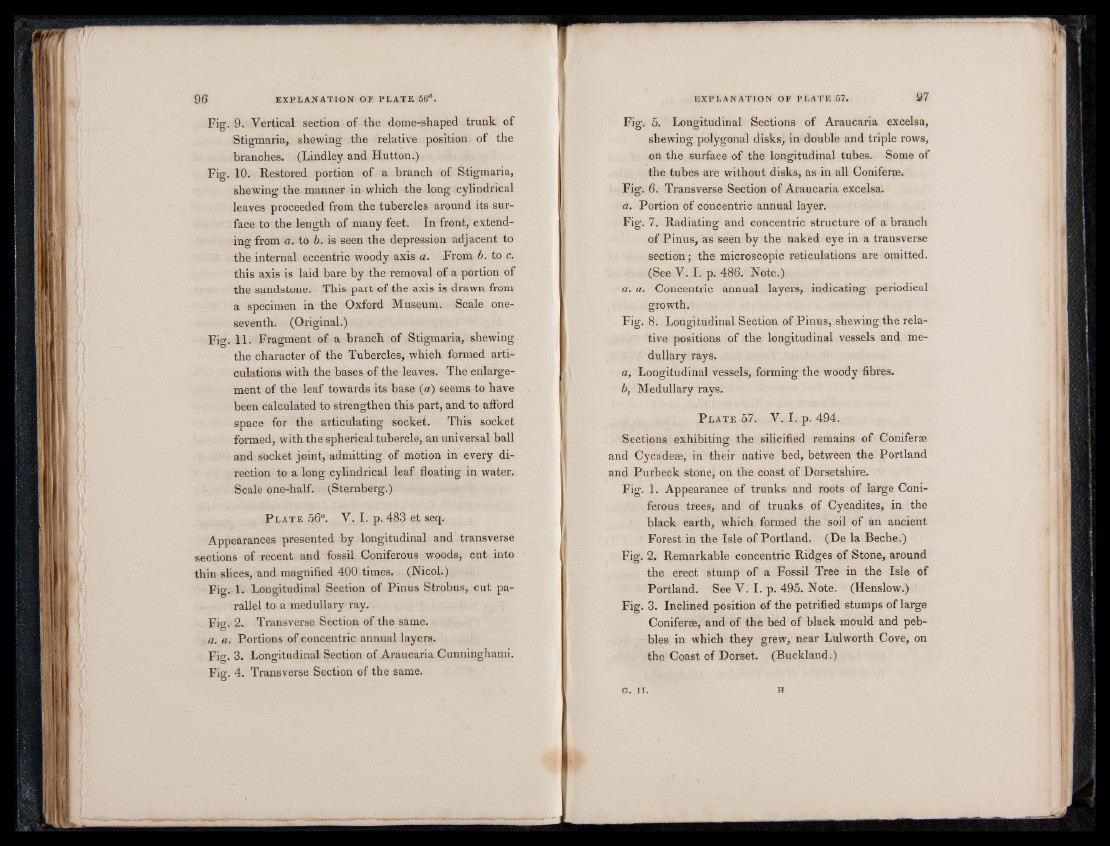
Fig. 9. Vertical section of the dome-shaped trunk of
Stigmaria, shewing the relative position of the
branches. (Lindley and Hutton.)
Fig. 10. Restored portion of a branch of Stigmaria,
shewing the manner in which the long cylindrical
leaves proceeded from the tubercles around its surface
to the length of many feet. In front, extending
from a. to b. is seen the depression adjacent to
the internal eccentric woody axis a. From b. to c.
this axis is laid bare by the removal of a portion of
the sandstone. This part of the axis is drawn from
a specimen in the Oxford Museum. Scale one-
seventh. (Original.)
Fig. 11. Fragment of a branch of Stigmaria, shewing
the character of the Tubercles, which formed articulations
with the bases of the leaves. The enlargement
of the leaf towards its base (a) seems to have
been calculated to strengthen this part, and to afford
space for the articulating socket. This socket
formed, with the spherical tubercle, an universal ball
and socket joint, admitting of motion in every direction
to a long cylindrical leaf floating in water.
Scale one-half. (Sternberg.)
P l a t e 56“. V. I. p. 483 et seq.
Appearances presented by longitudinal and transverse
sections of recent and fossil Coniferous woods, cut into
thin slices, and magnified 400 times. (Nicol.)
Fig. 1. Longitudinal Section of Pinus Strobus, cut parallel
to a medullary ray.
Fig. 2. Transverse Section of the same.
a. a. Portions of concentric annual layers.
Fig. 3. Longitudinal Section of Araucaria Cunninghami.
Fig. 4. Transverse Section of the same.
Fig. 5. Longitudinal Sections of Araucaria excelsa,
shewing polygonal disks, in double and triple rows,
on the surface of the longitudinal tubes. Some of
the tubes are without disks, as in all Conifer®.
Fig. 6. Transverse Section of Araucaria excelsa.
a. Portion of concentric annual layer.
Fig. 7. Radiating and concentric structure of a branch
of Pinus, as seen by the naked eye in a transverse
section; the microscopic reticulations are omitted.
(See V. I. p. 486. Note.)
a. a. Concentric annual layers, indicating periodical
growth.
Fig. 8. Longitudinal Section of Pinus, shewing the relative
positions of the longitudinal vessels and medullary
rays.
a, Longitudinal vessels, forming the woody fibres.
b, Medullary rays.
P late 57. V. I. p. 494.
Sections exhibiting the silicified remains of Conifer®
and Cycade®, in their native bed, between the Portland
and Purbeck stone, on the coast of Dorsetshire.
Fig. 1. Appearance of trunks and roots of large Coniferous
trees, and of trunks of Cycadites, in the
black earth, which formed the soil of an ancient
Forest in the Isle of Portland. (De la Beche.)
Fig. 2. Remarkable concentric Ridges of Stone, around
the erect stump of a Fossil Tree in the Isle of
Portland. See V. I. p. 495. Note. (Henslow.)
Fig. 3. Inclined position of the petrified stumps of large
Conifer®, and of the bed of black mould and pebbles
in which they grew, near Lulworth Cove, on
the Coast of Dorset. (Buckland.)
G. II . H